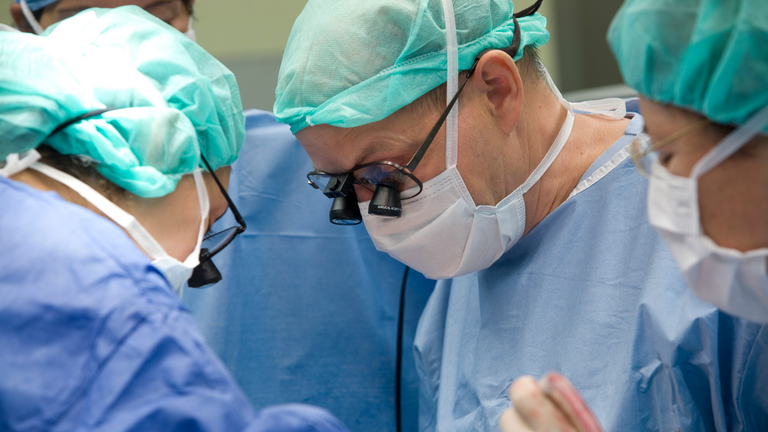
Heart valve treatment
Heart valve treatment involves both catheter-based and open surgery procedures, where both types of surgery are aimed at re-establishing normal heart valve function. There are a number of different procedures available, and their selection has to be guided by the requirements of the individual patient.
